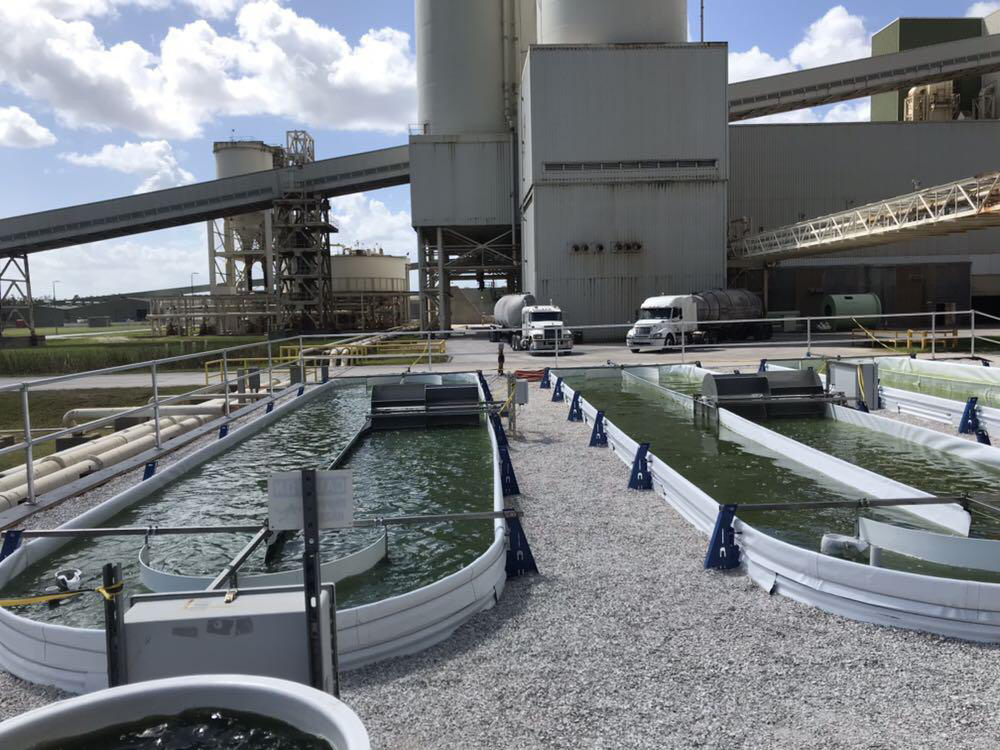
Microalgae include both cyanobacteria, (similar to bacteria, and formerly called “blue-green algae”) as well as green, brown and red algae. (There are more varieties of microalgae, but these are the most significant in algae agriculture.)
Algae can be cultivated in a variety of ways. Most microalgae grow through photosynthesis – by converting sunlight, CO2 and a few nutrients, including nitrogen and phosphorous, into material known as biomass. This is called “autotrophic” growth.
Other algae can grow in the dark using sugar or starch (called “heterotrophic” growth), or even combine both growth modes (called “mixotrophic” growth).
A number of algae production technologies are currently used in commercial applications as well as research. These include open ponds and closed photobioreactors, fermentation tanks and hybrid systems, and some that combine these various methods. Simply put, there is no one single way to grow algae at commercial scale, and this versatility is one of algae’s strengths.
Ready to tap into the knowledge of ABO’s membership on all things algae?

